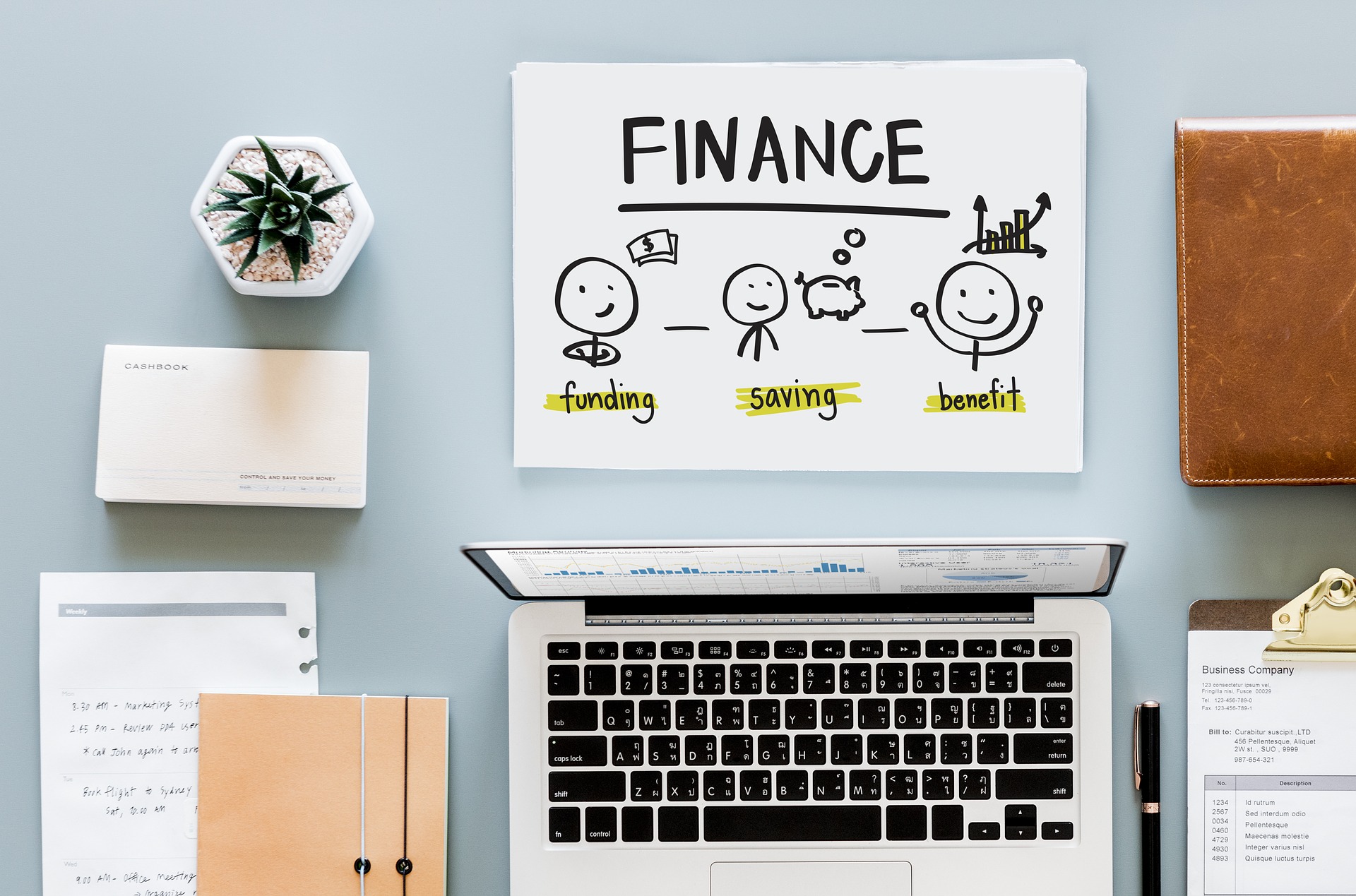The press tends to glamorize equity investments, and as a result, venture capital investments get plenty of press coverage. Startup founders are often hailed as heroes when they secure a round of funding.
The reality behind the scenes is more complex. By selling a piece of your company, you surrender some control (and future gains) forever. You also get a partner, for better or for worse.
Having the right partner can help your business immensely. But having the wrong partner can sink your company.
What do you need the funding for?
I am not against venture funding. Quite the opposite: it is a valuable tool for certain situations. It fills an important gap that other solutions can’t fill. But many projects, even whole companies, can be financed using other methods, especially if the startup is already profitable.
Problem: Cash flow is tight
Startups commonly seek equity financing to help fix cash flow shortfalls. However, these problems can often be more easily fixed using vendor credit, factoring or a line of credit.
Solution # 1: Vendor credit
Large corporate clients rarely pay their invoices as soon as they receive products/services. Instead, they get credit from their vendors which allows them to pay in 30 to 60 days. This business practice is common.
Paying vendor invoices in 30 to 60 days gives companies use of that cash for 30 to 60 days. It is the equivalent of getting short-term, interest-free financing.
Startups can get credit from vendors by starting small and asking for increases. Ask for a small amount and a short payment period. Pay all of your invoices a few days before they are due. Once you have built a good track record (over the course of a few months), ask for an increase. Repeat this process until you reach its limit.
Solution #2: Receivables financing
As discussed in the previous section, vendors usually give clients 30 to 60 days to pay invoices. Vendors have little choice, as many clients would take their business elsewhere if they didn’t get credit.
If you are a vendor, these terms can put you in a difficult position. Offering credit can create cash flow problems for growing startups, especially if you don’t have an adequate reserve.
Your startup can bridge this gap using invoice factoring. Factoring allows you to finance your receivables from creditworthy clients. This solution provides you with immediate funds that you can use to pay expenses.
One way to mitigate the costs of financing your invoices is to ask your vendors for an early payment discount. This arrangement can provide a 2 percent discount if you pay in 10 days, rather than in 30 to 60 days.
Factor your own client’s invoices to cover the vendor expenses mentioned in the previous paragraph. Then, pay your vendors early and take the discount. The discount you get from vendors should offset all or part of the factoring cost. It’s a simple trick to improve cash flow and offset costs.
Problem: Funds for operations and growth
Startups often need funds to grow. While venture funding is an option, is not the only one. If you need smaller amounts, you have other options.
Solution #3: Revolving line of credit
Revolving lines of credit are one of the most flexible financial products. They can be used to pay vendors, meet payroll and make investments as needed. Thus, they are an ideal source of financing for many businesses.
The problem is that getting a line of credit can be difficult, especially for startups. Most banks provide lines of credit only if the client has assets and revenues to repay the line. Furthermore, getting line increases can be time consuming. A line of credit can be a great solution for later-stage startups that already have some traction.
Related: 6 Funding Ideas for a First-Time Startup Founder
Solution #4: Term loans
Some finance companies offer short-term loans based on cash flow rather than assets. These loans can be for terms up to three years and up to a few hundred thousand dollars. They can be a good option if you need a quick injection of cash to handle new growth. These loans have simpler underwriting guidelines than bank loans. Additionally, their rates are reasonable, though higher than bank rates.
You can usually get these loans if your credit is reasonable and if your business has a track record of profitability. Lastly, the income produced by your business must be sufficient to justify the loan.
Problem: Your startup needs to buy equipment
Lastly, some startups need funds to buy equipment. Although few startups use equipment leasing, if you need to buy equipment for your startup, consider an equipment lease.
Solution #5: Equipment leasing
An equipment lease allows you to spread the cost of the equipment over a period of time. This solution enables you to afford the equipment you need for your company.
There are two types of leases (listed below). Each type has advantages and disadvantages. Consult with your CPA to decide which is best for you.
- Operating leases are akin to renting equipment. You pay a monthly fee for using the equipment. Once the lease is over, you return the equipment.
- Capital leases enable you to purchase the equipment at the end of the period – usually for a token $1 cost.
While venture capital investments are the right choice for some, they might not be the right fit for you. The above types of financing will provide your startup with an infusion of cash without giving away a piece of your business.
Source: StartupNation










